|
By Anna Hazard
Introduction
There is a large selection of other storage and organization options for the laundry room besides the previously mentioned cabinets, shelving, and countertops. This includes various racks, bins, foldaway boards for ironing, and other miscellaneous equipment.
Due to its function, some of the main elements to keep in mind include having storage that is suitable for a sometimes moist environment as well as keeping the general area free from anything that might snag, rip, or wrinkle cloth. Hanging Racks, Drying Cabinets, & Other Air Dry Options
For accessible air drying and storage, a lower hanging rod or retractable clothesline can be installed within the laundry room. Room layouts with enough space can also make use of a drying cabinet that circulates air over the clothes hanging inside to more quickly dry them out. Other more portable options (that would offer more flexibility in the positioning of hang dry clothes) include a wheeled drying rack or laundry cart with built-in hanging rack that can be stored out of the way when not in use.
Installing a ceiling fan within the laundry room can further help when it comes to air drying laundry with the additional benefit of improving overall ventilation in the area (which is particularly helpful when doing laundry related chores). If there is no available ceiling space that can bear the full weight of a fan, then a free-standing fan can be used instead as long as it doesn't become an obstacle blocking the access paths within the room. Another item that can help quicken air drying would be a dehumidifier that removes moisture from the air. Due to the presence of the washing machine and any potential laundry sinks, this is otherwise one of the more moisture prone rooms within the household which would otherwise slow down the process of air drying. Large Storage (Wheeled Bins)
Heavy duty wheeled bins are recommended for the storage of rarely used items that are too large to fit in other normal storage locations. These types of wheeled bins are particularly good for oversized or heavy objects that might otherwise by difficult to transport. In this way their locations can be easily rearranged or moved around the laundry room as needed.
Waterproof plastic bins can also better protect their contents from the debris and moisture that are commonly found within the laundry room area. For this function, make certain that the bin lids & tops will close tightly to prevent moisture seepage but can still be opened with minimal effort (especially for those who may have arthritis or other hand issues). Otherwise in addition, closed bin tops can serve as both a work area surface or as emergency seating when needed. Iron + Ironing Board
When it comes to ironing, it's recommended that the iron be on the lighter side with simple controls that include an automatic function for turning off after a set amount of time where it has not been used. This option would help prevent potential fires or burns that may be caused by forgetting to turn the iron off.
Otherwise, for better accessibility, it's recommended that an adjustable ironing board be used that can accommodate the user either sitting or standing while ironing. In particular, it would be optimal for the ironing board to fold down from the wall with the further option to be adjusted to a suitable height. A lighter weight board will also be easier to fold back up once the user is done with it. In the case of a wall-mounted fold down ironing board, gravity does most of the heavy lifting when it comes to positioning the board. In contrast, traditional standalone ironing boards tend to be heavier and can be difficult to set up and take down particularly for those with mobility or strength problems or other diminished physical capabilities that tend to come with age. In general, the ironing board should be positioned so that once unfolded it remains close enough to the dryer to easily move clothes from one location to the other without blocking access to the dryer's door. Miscellaneous Organization
Containers & dispensers of chemicals & other small items should be clearly labeled (preferably color coded as well as being identified through large print). They should also be easy to hold, open, close, & otherwise use even with arthritis or other hand dexterity & strength issues.
In particular, large & heavy detergent bottles can often cause problems, in which case transferring the detergent to a storage bottle with a nozzle on the bottom or switching over to detergent pods (more convenient but also pricier) is recommended instead. Otherwise, all other essential equipment should also be labeled in a similar fashion. Items and equipment should also always be stored towards the back of the shelves & counters as this reduces the likelihood of them falling to the floor when the area is being used. View the Rest of the Series
Part 1 - Introduction
Part 2 - Exterior Part 3 - Landscaping & Gardens Part 4 - Patio, Porch, & Deck Part 5 - Garage & Carports Part 6 - Entrances, Exits, & Thresholds Part 7 - Exterior Steps & Ramps Part 8 - Threshold Lighting & Windows Part 9 - Interior Doors & Halls Part 10 - Interior Steps & Staircases Part 11 - Interior Stairlifts Part 12 - Interior Elevators Part 13 - Interior Lighting Part 14 - General Interior Flooring Part 15 - Interior Flooring Comparisons Part 16 - HVAC & Energy Efficiency Part 17 - Power, Communications, & Other Interior Systems Part 18 - Living Room Part 19 - Kitchen Layout, HVAC, & Electrical Systems Part 20 - Kitchen Lighting, Flooring, and Sink Faucets Part 21 - Kitchen Countertops & Cabinets Part 22 - Kitchen Refrigerators, Freezers, and Dishwashers Part 23 - Kitchen Ovens, Ranges, Stovetops, and Cooktops Part 24 - Kitchen Microwaves, Blenders, & Food Processors Part 25 - Miscellaneous Kitchen Items Part 26 - Dining Room Layout, Tables, & Other Furniture Part 27 - Dining Room Flooring, Lighting, & Meal Serving Equipment Part 28 - Bedroom Layout & Closets Part 29 - Accessible Beds Part 30 - Bedroom Furniture, Electronics, & Other Accessories Part 31 - Bedroom Flooring Part 32 - Bedroom Lighting Part 33 - Bathroom General Layout Part 34 - Bathroom General Tips for Showers & Tubs Part 35 - Bathroom Accessible Tubs Part 36 - Bathroom Accessible Showers Part 37 - Bathroom Accessible Toilets Part 38 - Bathroom Sinks & Vanities Part 39 - Bathroom Cabinets & Shelving Part 40 - Bathroom Grab Bars Part 41 - Bathroom Flooring Part 42 - Bathroom Lighting Part 43 - Bathroom Ableware - Toilet Aids & General Accessibility Part 44 - Bathroom Ableware - Shower, Bathing, & Grooming Aids Part 45 - Laundry Room Location, Layout, & Spacing Part 46 - Laundry Room Carts, Rolling Hampers, & Chutes Part 47 - Laundry Room Dumbwaiters Part 48 - Laundry Appliances (Washers & Dryers) Part 49 - Laundry Room Cabinets, Shelving, & Countertops Part 50 - Laundry Room Storage & Organization Part 51 - Laundry Sinks, Lighting, & Flooring Part 52 - Quick Overview - General Exterior Part 53 - Quick Overview - General Interior Part 54 - Quick Overview - Living Room, Kitchen, Dining Room Part 55 - Quick Overview - Bedroom, Bathroom, Laundry Room
3 Comments
11/16/2023 03:04:42 am
Immerse yourself in a virtual symphony of challenges and triumphs – play now!
Reply
11/16/2023 03:05:20 am
Unleash the gamer in you – our online playground is calling your name!
Reply
Leave a Reply. |
AboutNews updates, tips, and guides on senior care, senior health, stress relief and a host of other caregiving related topics from the professionals at Ella Stewart Care. |

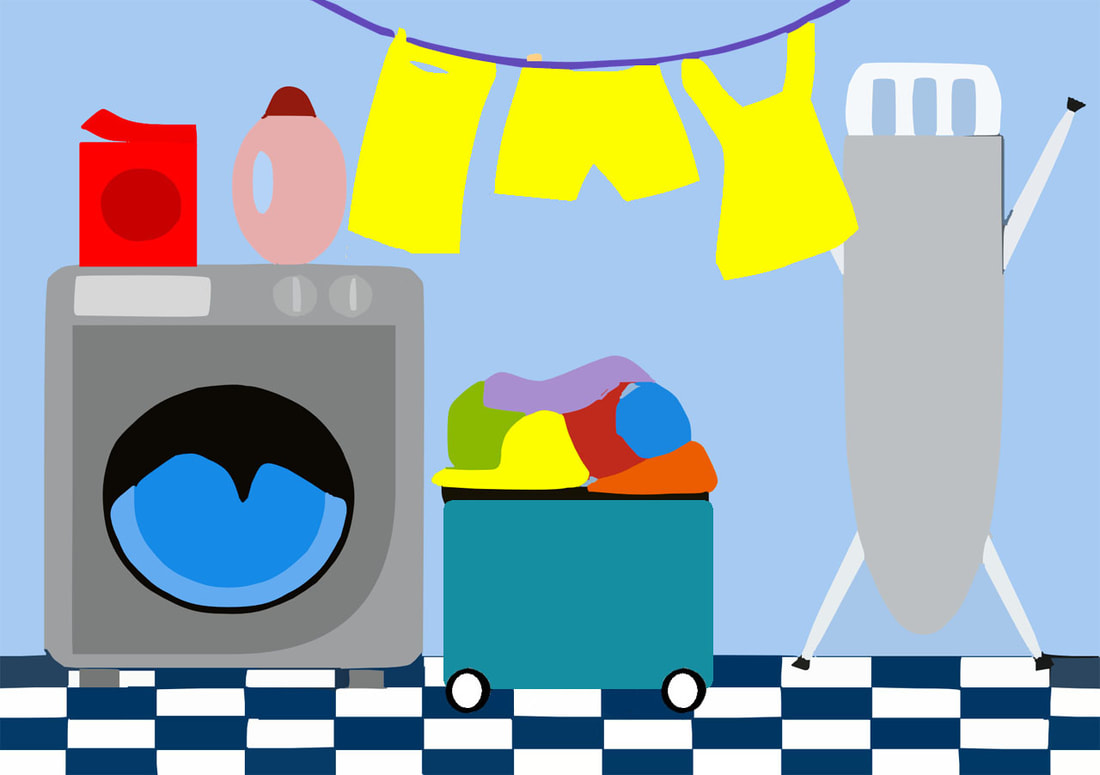
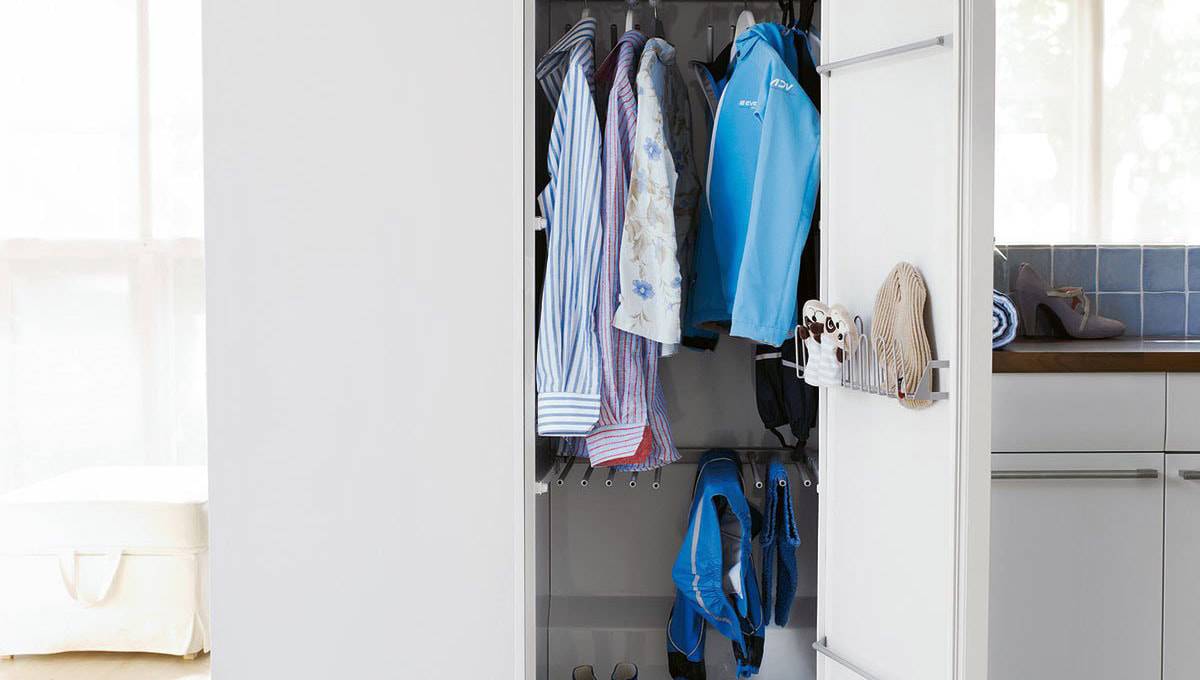
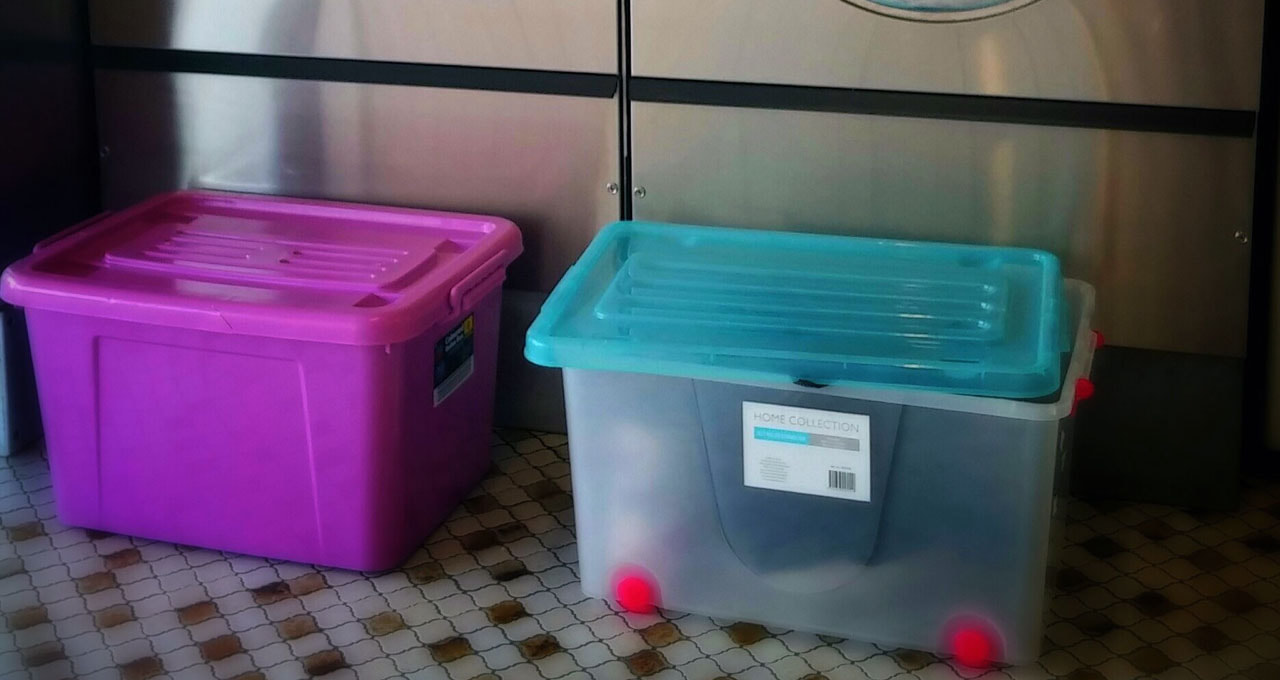
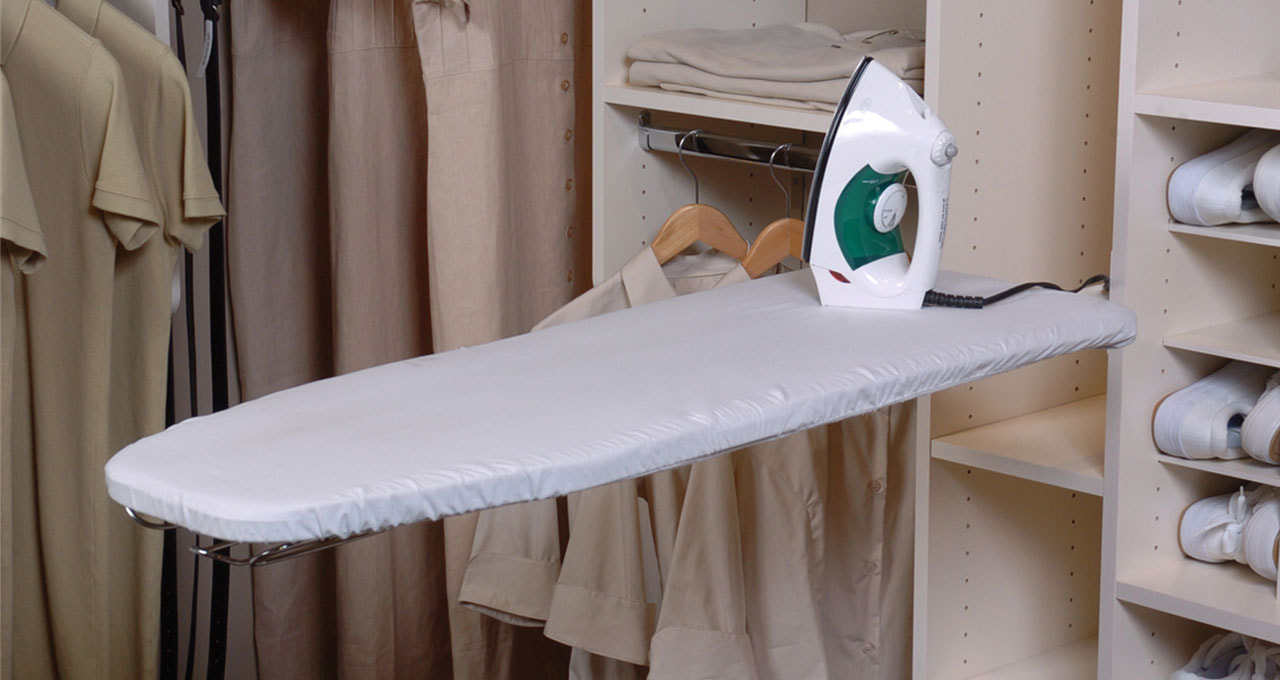
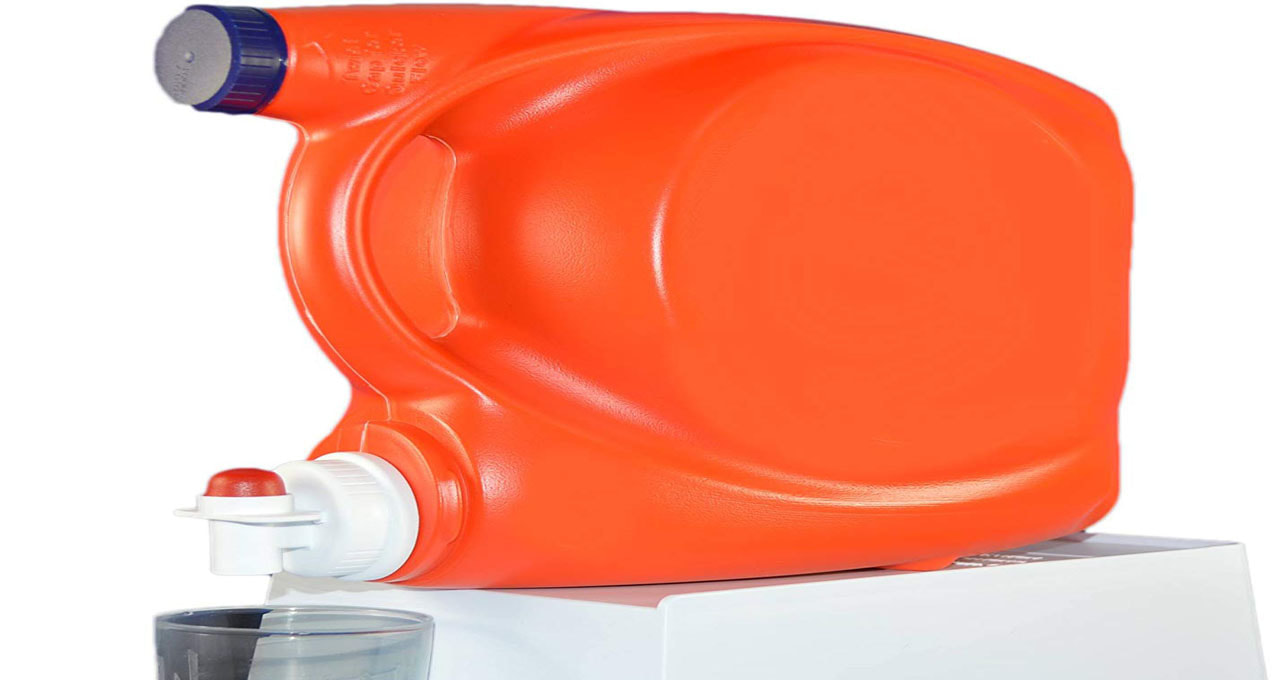

 RSS Feed
RSS Feed
